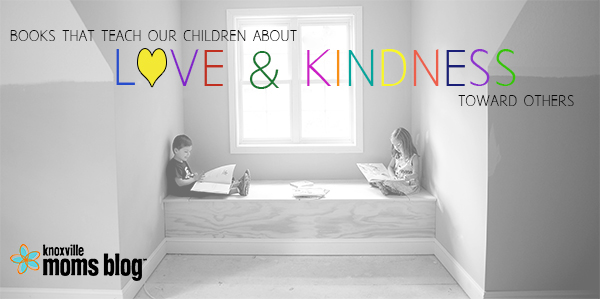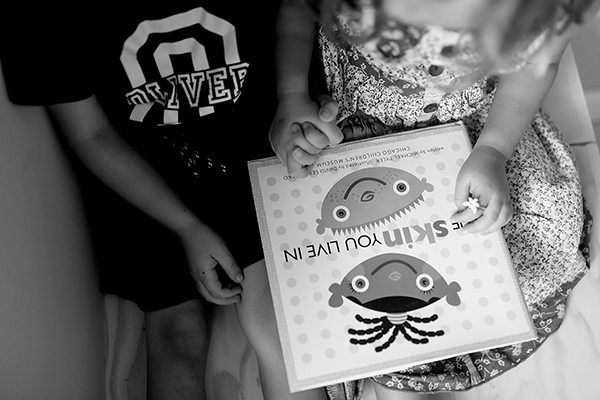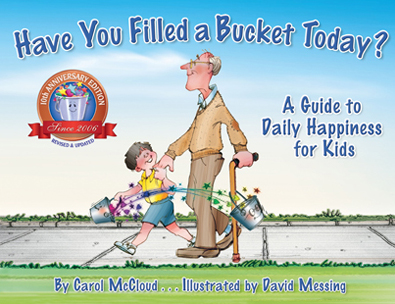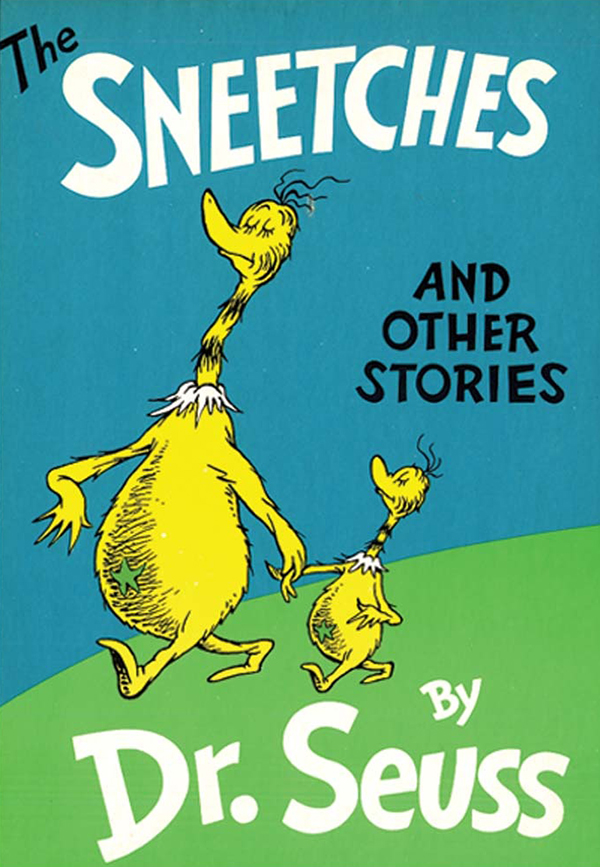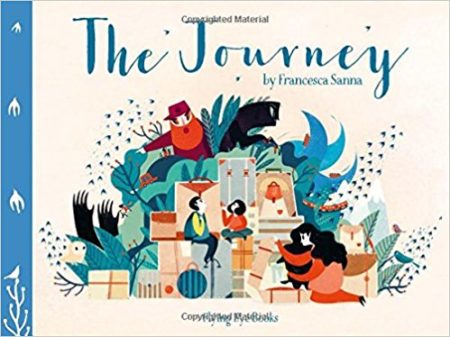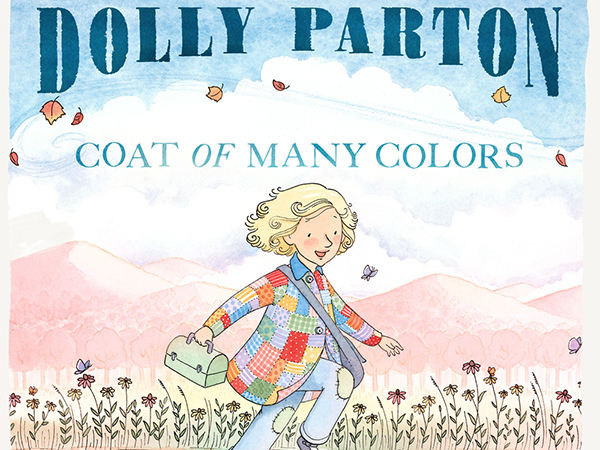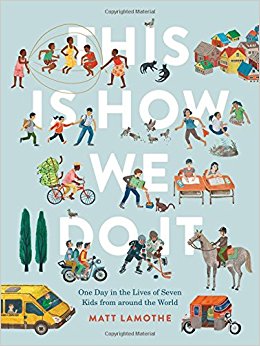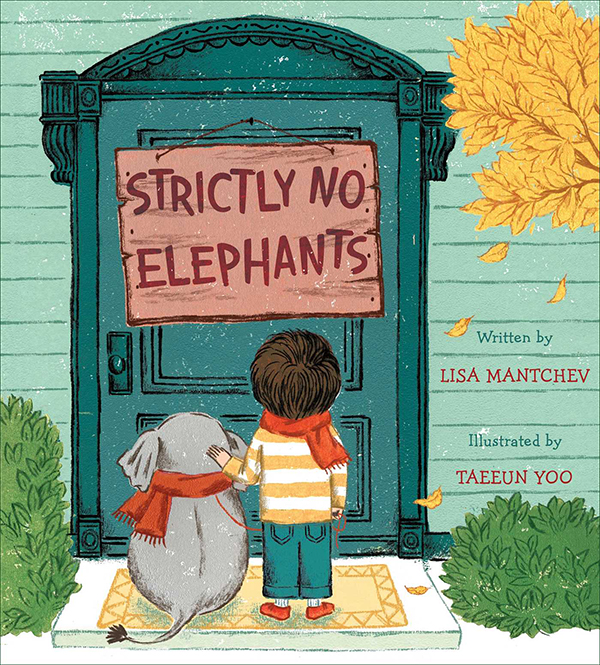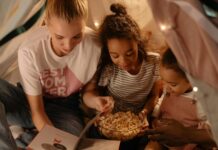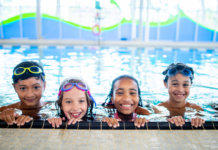“No one is born hating another person because of the color of his skin, or his background, or his religion. People must learn to hate, and if they can learn to hate, they can be taught to love, for love comes more naturally to the human heart that its opposite.” – Nelson Mandela
Let’s face it: there seems to be a lot of hate in this world right now. And that hurts my heart, big time. When news of Charlottesville found its way to me I was sad for a few days, and then I decided to figure out what I can do about it. Where can I bring change? How can I help? The place I can start is in my home, where I have two precious human beings who have a lot of questions about EVERYTHING these days.
The answer to every question is always this: there is no room for hate within the walls of our home. And there is no room for hate outside of those walls either. In our house, we promote love and kindness – to all types of people from all parts of the world in any way we can.
Sometimes, it’s really hard to drive those points home, which is why I have found so much joy in sharing some special books with my kids. The conversations these books have prompted about loving our neighbors, regardless if other people do, make me believe that it is never too early to start teaching our kids to choose love over hate.
So, here are some of my favorite books that have helped my kiddos and me broach these topics. Because really, is there anything more important than spreading love and kindness?
We’re All Wonders by R. J. Palacio
 I recently read the book Wonder by the same author and I fell in love with it. When I learned there was a children’s book, I ordered it immediately. If you have kids in the fifth grade, it’s very possible they will be reading this book in school this year. Wonder is the story of a boy named August who enters school in the fifth grade because since birth he has had 27 surgeries for a very rare, genetic condition. And he’s not treated with very much kindness by many of his schoolmates. There is one girl, named Summer, however, who befriends him very quickly. I pray every day that my kids would be the Summers of the world — that they would be brave enough to love someone others deem unlovable.
I recently read the book Wonder by the same author and I fell in love with it. When I learned there was a children’s book, I ordered it immediately. If you have kids in the fifth grade, it’s very possible they will be reading this book in school this year. Wonder is the story of a boy named August who enters school in the fifth grade because since birth he has had 27 surgeries for a very rare, genetic condition. And he’s not treated with very much kindness by many of his schoolmates. There is one girl, named Summer, however, who befriends him very quickly. I pray every day that my kids would be the Summers of the world — that they would be brave enough to love someone others deem unlovable.
In the kids’ book, August has one eye. When I read this book to my children for the first time, my son immediately said, “Why does he only have one eye?” “Well, let’s find out,” I said. And as we read my children began to see the similarities they had with this boy, instead of the differences. “I love ice cream too,” said my daughter. My favorite part of the book reads, “I know I can’t change the way I look. But maybe, just maybe people can change the way they see. If they do, they’ll see that I’m a wonder. And they’ll see that they’re wonders too. We’re all wonders! Look with kindness and you will always find wonder.”
The Skin You Live In by Michael Tyler
This book does a really good job speaking to my kids because it’s silly! “The skin that you beam in; the skin that you scream in; the skin that you dream about eating ice cream in.” They think that is hilarious! This book also does a really good job showing kids how similar we all are on the inside (and apparently my kids can relate to anything with ice cream). My kids play with kids of all different races at school and they have never once asked me why their skin is different. And they have never believed they are better than someone else because their skin is a certain color. Maybe that’s because they are four and they haven’t gotten there yet. But when I read this book to them, I hope they believe that skin color doesn’t matter. “And like flowers in the fields that make wonderful views, when we stand side-by-side in our wonderful hues we all make a beauty so wonderfully true. We are special and different and just the same, too!”
Have You Filled a Bucket Today? by Carol McCloud
I’m a huge fan of books that focus on the positive things we can do instead of the things we shouldn’t do. This book explains that we all walk around with invisible buckets, and that filling a bucket is as easy as a paying someone a compliment or telling someone you love them or writing a thank you note. It reminds kids that you can also empty a bucket by saying mean things; I LOVE that it says “When you’re a bucket filler, you make your home, your school, and your neighborhood better places for all.”
This book automatically makes children responsible for doing good in the world. We read this book a few nights ago and as I was saying goodnight to my son he said, “Mommy, I loved being with you today and I really love you.” He filled my bucket right up to the highest brim and by the smile on his face, he absolutely knew it!
The Sneetches and Other Stories by Dr. Seuss
My kids think this book is utterly absurd and they ask to read it a lot, and when we are reading it they think the Sneetches are acting like crazy business. And they are! You have to love how Dr. Seuss subtly makes fun of us. If you don’t know the story, there are sneetches that have stars on their bellies and sneetches that don’t. And the sneetches with stars think they are so much better than the ones that do not. Along comes a fix-it-up chappy who can add or take away stars from bellies until no one knows who originally had them or didn’t. Imagine with me for a moment: if we had a machine that could turn us black or white or pink or green or whatever color we wanted to be, and it got so mixed up going back and forth that no one could tell who started as what color, and then we all just didn’t care! I think it might be a step in the right direction.
The book ends with this: “But McBean was quite wrong. I’m quite happy to say that the Sneetches got really quite smart on that day, the day they decided that Sneetches are Sneetches and no kind of Sneetch is the best on the beaches.”
The Journey by Francesca Sanna
This book is not lighthearted, but it is very important. It puts the words love and empathy back into the words immigration and refugee. This book explores a family leaving their home, trying to escape war and the unimaginable decisions they make. The author explains that she wrote this book after meeting two girls in a refugee camp in Italy. She began collecting more stories, so this story is about many journeys all tied into one. Is this book an easy one to read to your children? No. Is it easy for them to digest? Absolutely not. But this world needs so many more souls who are willing to love and empathize, and I believe we can teach that so easily at a young age. Kids will have questions about this book, and only moms and dads can decide what age is right for introducing it. But, I believe this book is so important because it creates hope that one day all of our children will walk together hand in hand.
Stand Tall Molly Lou Melon by Patty Lovell
I LOVE this book. It’s possible I love it more than my kids do because sometimes when they pick it, they come running in saying, “Mommy, I picked your favorite book.” We got this book from Dolly Parton’s Imagination Library, which is an act of kindness in itself. Molly Lou Melon is the shortest girl in the class, has buck teeth, has a voice that sounds like a bull frog being squeezed like a boa constrictor, and is very fumble fingered. And when she moves to a new town, a mean kid notices every one of these things. Molly Lou embraces all of her quirks and even shows the class bully that making fun of others is very foolish. This book has so much personality and so much heart, showing us the importance of loving others and ourselves.
Coat of Many Colors by Dolly Parton
Speaking of Dolly Parton, isn’t it hard to imagine that once upon a time she got made fun of at school for something she loved so much? Even young Dolly could explain that the love her mom used to sew her coat was worth more than any other piece of clothing. I think this book leads to a really good conversation with your own kids about that: some kids may not have the nicest clothes and some kids might have clothes you wish you had, but they are just clothes and they don’t make the person inside. I always know I can count on Dolly for some love and kindness.
This is How We Do It by Matt Lamothe
You know what makes this gigantic world just a little bit smaller? Learning about other cultures. Learning about other cultures and their day-to-day lives is also a lesson in empathy. This book follows the real lives of seven kids from around the world: Japan, Italy, Uganda, to name a few. You can teach your child about traditions of countries that may be very different from your own, and also take a look at the things you have in common. There’s something about the maps and the photos of the kids that make this world come together. And seeing what other kids eat for lunch on a daily basis is super interesting. My hope is that when my kids meet kids from a different country, they’ll already feel like they have things in common with them, starting them on the road to a very kind friendship.
Strictly No Elephants by Lisa Mantchev
This book was a Huffington Post Honor Book for Best in Kindness. It’s a sweet tale of a little boy who sees injustice and does something about it. The little boy and his tiny elephant are barred from the Pet Club because only normal pets like birds, fish, cats, and dogs are allowed. But the little boy befriends other kids with unusual pets, and they start their own club where “All are Welcome.” “That’s what friends do—lift each other over the cracks…brave the scary things for you.”
This book uses language kids can understand. My children love their dog more than they love me (ok, probably only sometimes), and they are very protective of her. Our puppy is only about 10 months old, so she still has accidents in the house occasionally and she chews a lot, but my kids are the first ones to say, “Don’t yell at Clara mommy.” It really shouldn’t be so hard to teach kids to do the same thing for the humans they love too, right?
Llama Llama and the Bully Goat by Anna Dewdney
This book shows behavior that is unacceptable and puts the word “bully” into a child’s vocabulary. Should we pout when we don’t get our way with our friends? Should we hit or kick or throw toys? I like that this book makes sure kids know that they need to tell an adult about this kind of behavior and that once the behavior stops, we can forgive and befriend.










